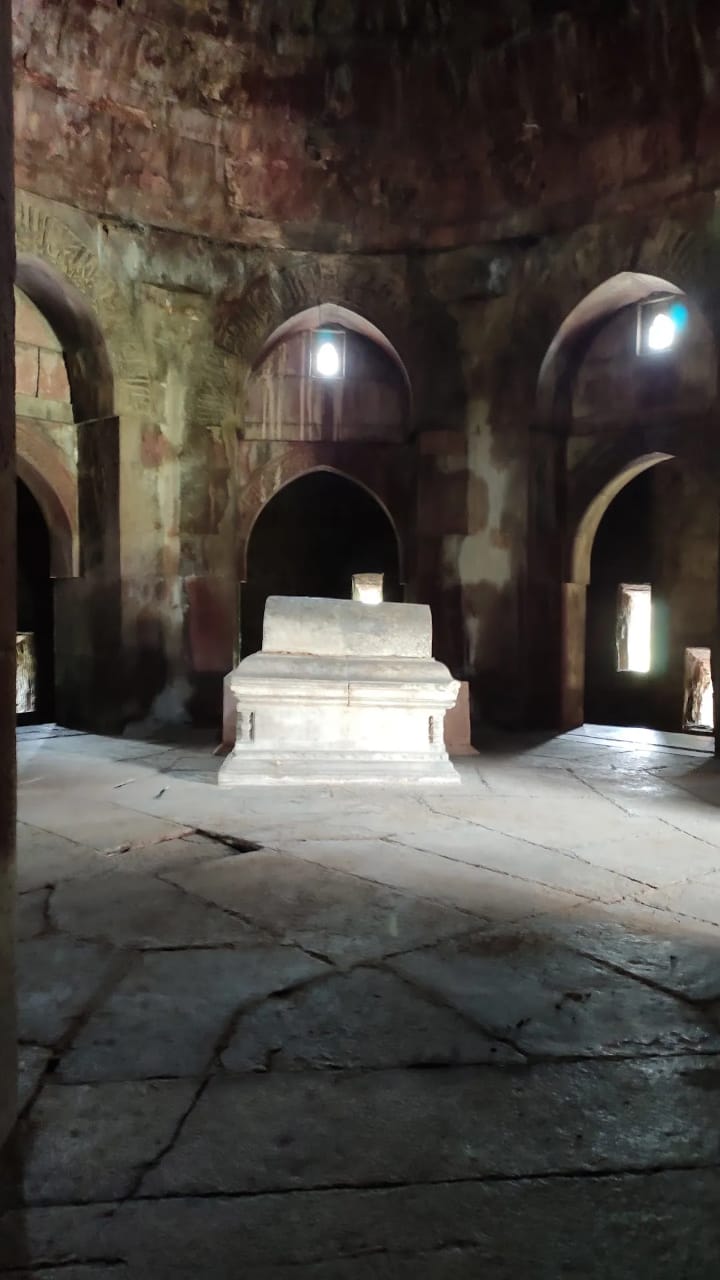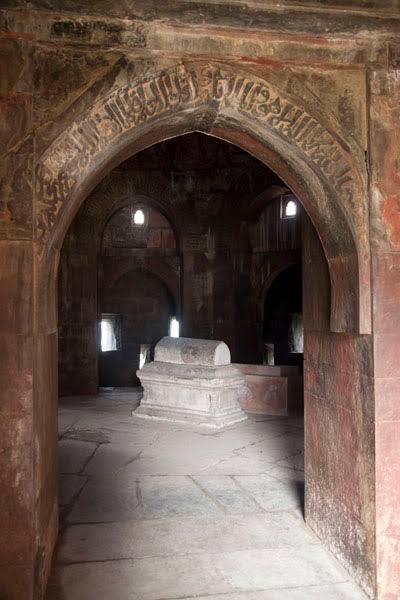

The Tomb of Zafar Khan in Delhi is an important historical structure located within the complex of the Sultan Ghari's tomb, near Vasant Kunj in South Delhi Zafar Khan was a general in the army of Ghiyasuddin Balban, one of the most powerful sultans of the Delhi Sultanate. Zafar Khan played a key role in defending the Sultanate from Mongol invasions and in leading military campaigns. He was a trusted commander and one of Balban’s most prominent lieutenants. The tomb of Zafar Khan is an early example of Indo-Islamic architecture. It showcases the beginning of Islamic influence in Indian funerary monuments, combining features such as domes, pointed arches, and decorative carvings with indigenous Indian elements like corbeled brackets and Hindu-style pillars. The tomb's design is relatively simple compared to later Mughal tombs, but it stands out for its historical context and proximity to other important structures from the early Delhi Sultanate period. The tomb’s stone masonry and use of arches and domes reflect the early development of Islamic architecture in India, when builders were adapting traditional Indian techniques to new architectural forms. The tomb is a part of the rich historical tapestry of the Delhi Sultanate.